
The iPhone 14 series is at once controversial and underwhelming. With its latest phones, Apple chose to ditch the physical SIM card slot but continued to avoid adopting USB-C, and on the non-Pro models there’s still the notch. At the same time, the iPhone 14 looks nearly identical to its predecessor — at least on the outside. It has slightly improved cameras, a new high-g accelerometer for crash detection and the ability to connect to satellites for emergency communication.
Apple also decided to revive a larger Plus model this year in lieu of a new iPhone mini, and kept the same A15 Bionic chip instead of upgrading to the A16 Bionic powering the iPhone Pro line. The Plus won’t be available until October and we only have the smaller $799 model in for review right now. So far, save for some controversial changes and emergency applications, the iPhone 14 is the very definition of an incremental upgrade.
Pros
- Competitively priced for an iPhone
- Painless eSIM setup
- Good performance
Cons
- Inferior display with slow refresh rate
- No USB-C
Design
The best way to distinguish between the iPhone 13 and 14 is by looking for the SIM tray on the left. The new phone doesn’t have one. Other than that, the only difference this year are the new color options (purple and blue). I like them, but they don’t inspire the same sort of lust in me that the green iPhone 12 or pink iPhone 13 did.
The lack of change isn’t a bad thing, by the way. Apple’s handsets may seem predictable, but they still feel expensive and well-made. They also have the same IP68 rating for dust and water resistance, as well as the same ceramic shield protecting the display from scratches. It feels like the company has settled on a design for the foreseeable future and won’t be deviating from it much.
In fact, the iPhone 14 has nearly the same dimensions as the iPhone 13. Despite being a hundredth of an inch thicker, it’s two grams (or 0.07 ounces) lighter. For comparison’s sake, the iPhone 14 is also heavier than the Galaxy S22, but otherwise the same size.
Although not much on the outside has changed, Apple did say at its ‘Far Out’ event last week that it redesigned the iPhone 14’s internals by separating the aluminum housing and the glass of the phone’s back so they’re no longer one enclosure. This brings two benefits: more efficient heat dissipation and improved repairability. If you crack the iPhone 14’s back glass, you’ll no longer have to get the entire housing replaced. This makes fixing a broken iPhone not only easier, but also cheaper, especially when your phone is out of warranty. Of course, destroying my review unit just to test this out doesn’t make sense, but it’s a welcome change regardless.
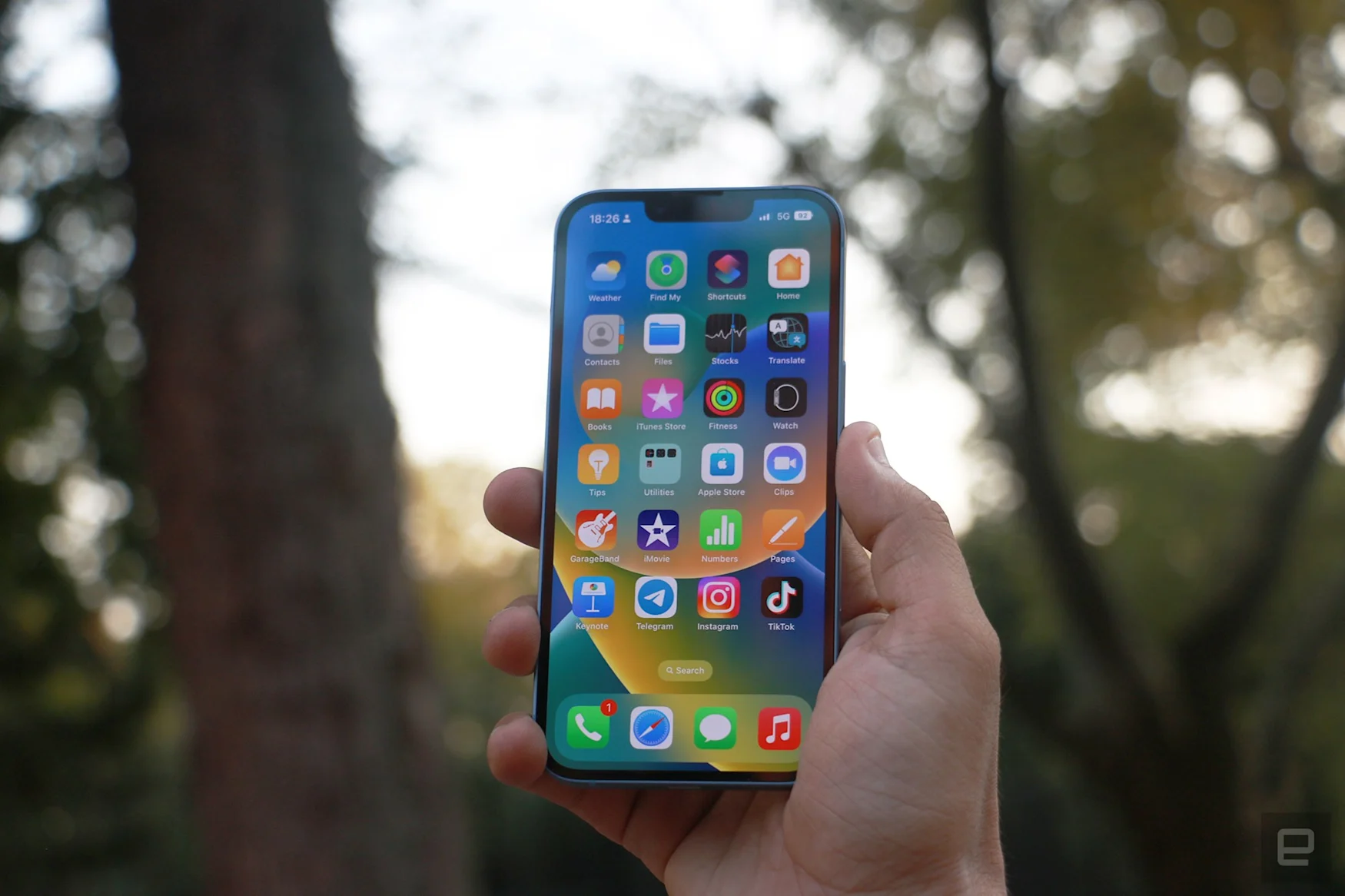
Display and audio
I’m kind of upset that Apple still hasn’t upgraded the iPhone 14’s screen. It still runs at 2,532 x 1,170 and a mere 60Hz. What gives? The last generation was already woefully outdated with its slow refresh rate. When I switch between the iPhone 14 and the 14 Pro, I immediately notice how much choppier scrolling is on the regular phone.
The iPhone 14’s display is brighter than before, but only slightly. It now goes up to 1,200 nits when showing HDR content, which makes things easier to see in sunlight. Colors are rich and details are crisp — no surprises here. If you’ve seen one iPhone display, you’ve seen them all. At least in recent years.
The same can be said for the iPhone 14’s speakers. Blackpink’s Pink Venom sounded adequately clear and loud, with a focus on the trebles and mids and lacking in bass. The iPhone 14’s quality won’t wow your more persnickety party guests, but it’s serviceable.
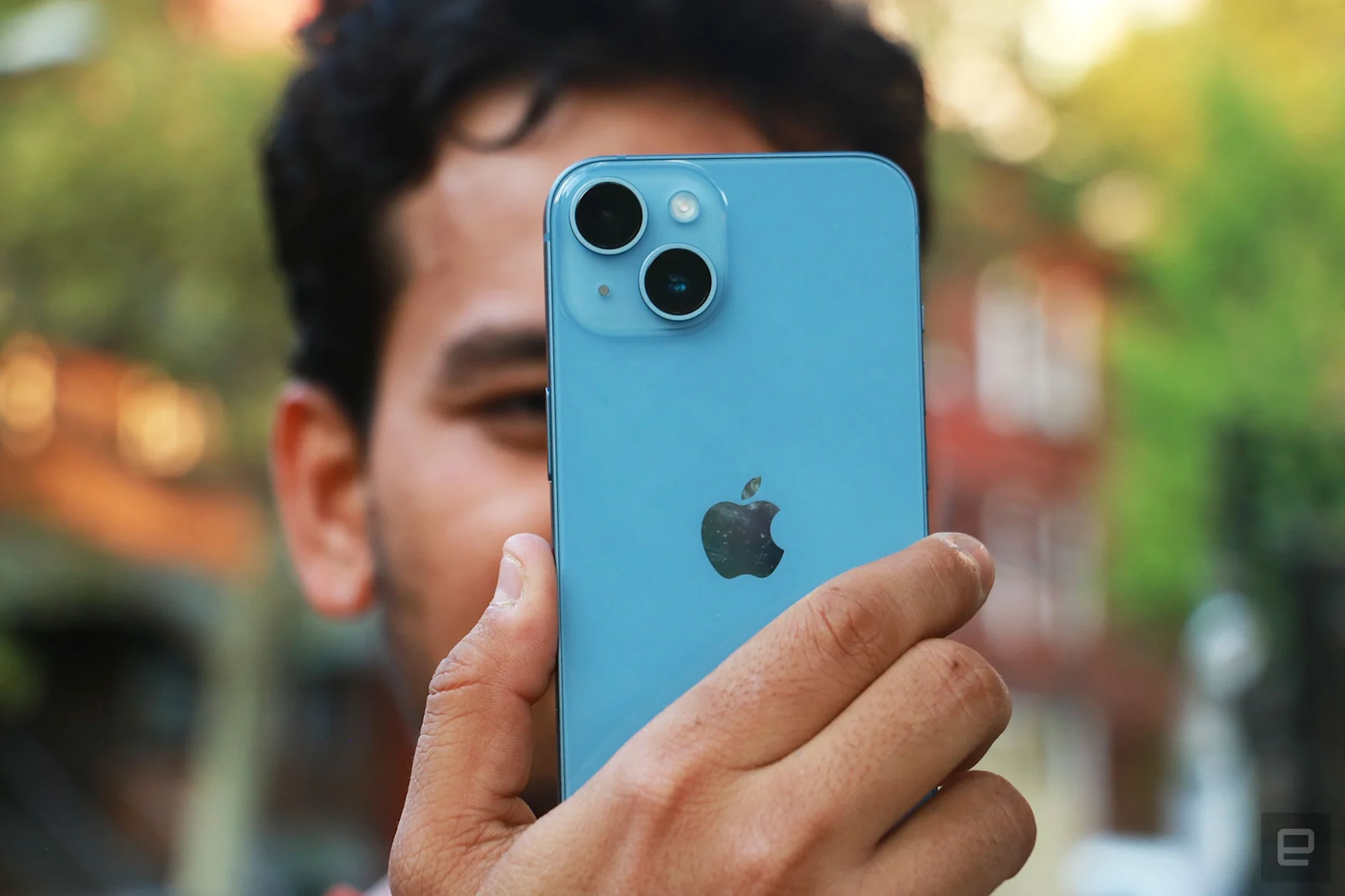
Cameras
The bulk of the improvements on the iPhone 14 have to do with its cameras. Specifically, there’s a larger 12-megapixel sensor with bigger 1.9-micron pixels than before, as well as updated low light processing that Apple is calling the Photonic Engine. This should make for better pictures not just in low light, but also greater clarity in all conditions.
Compared to the previous generation, though, this year’s cameras aren’t a huge step up. Photos I shot with the iPhone 14 and 13 were very similar. A furry plush toy bear on a table looked slightly cooler in the iPhone 14’s picture than on the iPhone 13’s, and its furry paws were slightly clearer on the new phone’s shot.
An unlit neon sign saying in a pitch black room also appeared cooler on the iPhone 14 than on the 13, with both rendering the striped wallpaper in the background equally clearly. These results were the same when I used the ultrawide cameras to capture the scene, too.
Gallery: iPhone 14 camera samples | 19 Photos
Gallery: iPhone 14 camera samples | 19 Photos
In low light, the iPhone 14 was slightly better at showcasing details like my highlights and individual strands of my hair in photos shot with the rear camera. But otherwise, things like brightness and color were about the same between the iPhone 14 and its predecessor. Even the portraits I shot of a glass of liquor in low light looked so similar they were impossible to identify without labels. Oddly, though, the iPhone 14 sometimes took pictures that were less saturated.
The iPhone 14 did produce mildly improved selfies in low light. While autofocus is a new feature this year, it didn’t make my pictures dramatically better. Details like the scarring on my cheeks were clearer in low-light selfies from the new phone, but the two devices were on par in daylight.
The iPhone 14 also features the new Action mode for improved stabilization in videos, and like most of the other updates this year, this provides only a small enhancement. That’s in part because Apple’s video stabilization was already pretty effective, and the benefits brought by Action mode aren’t as obvious. But if you’re into shooting extremely shaky footage with your iPhone 14, Action mode should be handy.
Emergency SOS via satellite and crash detection
Thanks to a new high-g accelerometer and a high dynamic range gyroscope, Apple was able to add a crash detection feature to the iPhone 14 series. This isn’t something I can safely test, unfortunately.
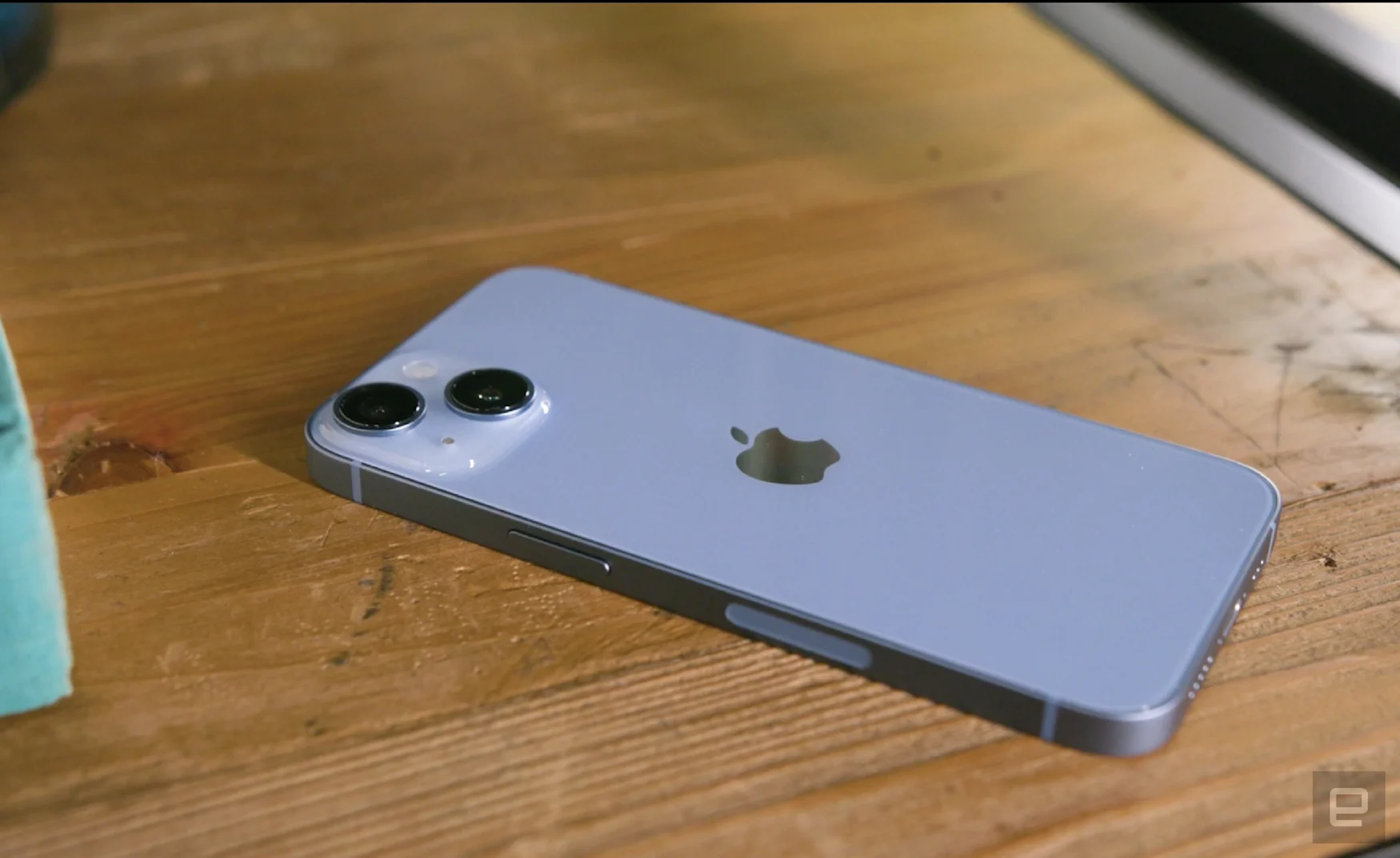
All iPhone 14s, Pro or not, will also be able to connect to satellites so you can send emergency messages when cellular or WiFi signals aren’t available. This feature is rolling out in November in the US, and based on a private demo I saw following the Apple event, it appeared to work.
First, when you’re away from cellular and WiFi networks, you’ll see an SOS graphic that lets you know you can still dial 911 and the iPhone will use any other available network to place your call. But when none of those are available and you want to use Emergency SOS via Satellite, you’ll first have to use the Phone app to dial 911. When the device is unable to connect and you’re in a situation with satellite access (i.e., you’re not surrounded by buildings and are in the wilderness with a clear view of the sky), Apple will prompt you to use satellite communications.
Having to first dial 911 seems unintuitive if your focus is trying to send a text or connect to a satellite, but Apple wants you to think of this feature as more of a last resort when trying to contact emergency services fails. The company has relay centers set up, too, with staff who are trained to help users get in touch with the closest emergency responders in case there aren’t any nearby that accept text messages.
During my demo, an Apple rep showed what it would look like when communicating with one such relay center (presumably aware that we were in a hypothetical situation). After failing to reach 911, the iPhone 14 showed a few multiple-choice questions that the rep answered quickly, describing their condition and environment. The system then sent a report summing up the situation and providing the latitude and longitude of our location.
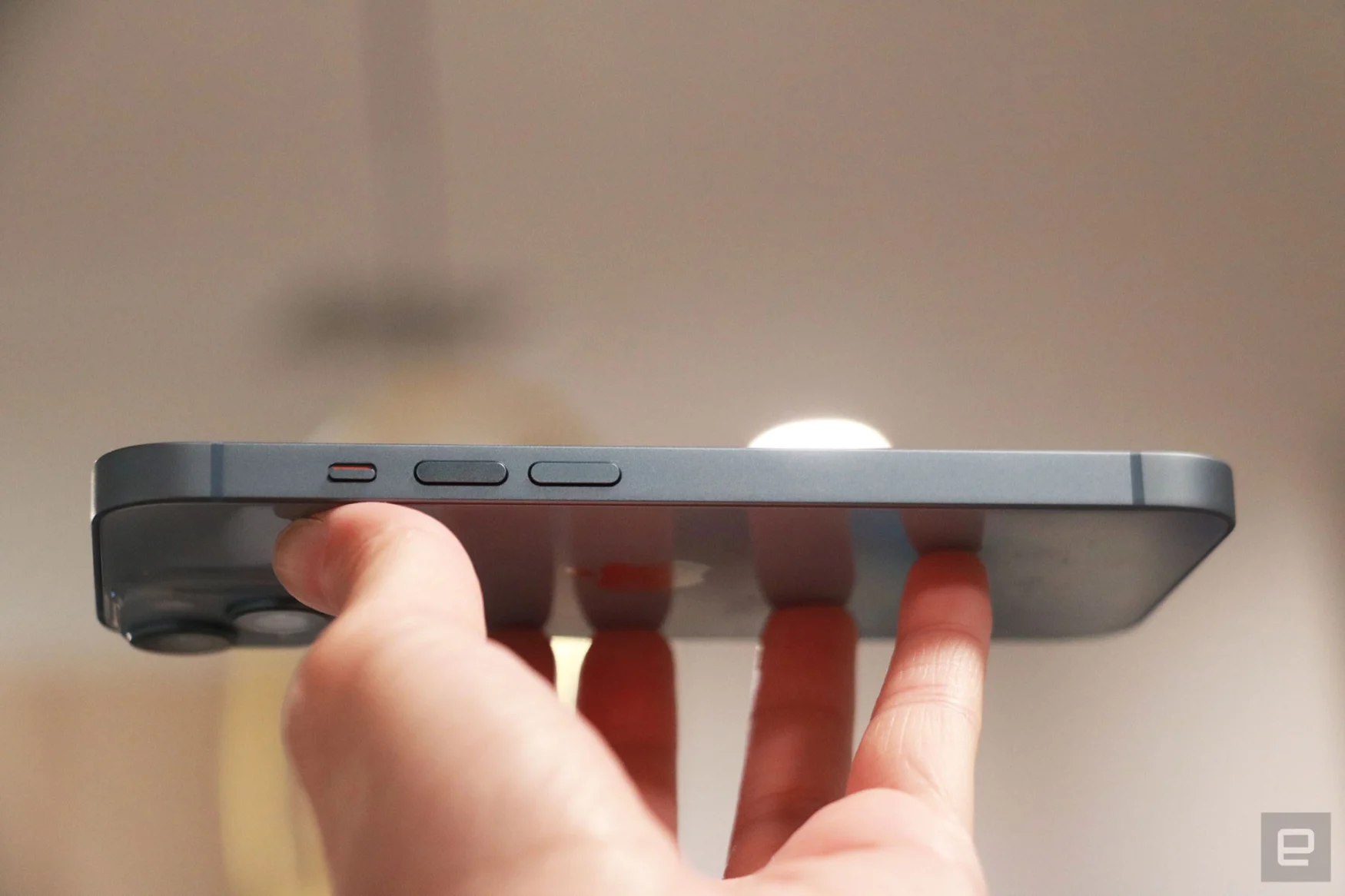
While that message was being sent, our demo iPhone 14 appeared to lose connection to the satellite it had first latched on to and we had to wait until another came by to finish sending the report. When that was done, the phone brought up the conversation that it had started in Messages with emergency services.
Texts that were sent over satellite were in gray bubbles, while the responses came back in green. We went back and forth with the responder until a theoretical team had been dispatched to our location.
The satellite communications tool can also be used in the Find My app to share your location with family and friends. I was able to test this out during my demo, and I followed the directions on an iPhone 14 to point at a satellite coming over the horizon behind Apple Park. I was told to stay still while a connection was established, after which my location was sent to a contact on the sample iPhone. The system will tell your friends that your position was shared “via Satellite” — in case those bragging rights are important to you. Then, you won’t be able to send your location via satellite again for 15 minutes.
While I can see some people potentially abusing this as a stunt, I can also imagine how it might be useful to keep your loved ones abreast of your whereabouts as you wander out in the wilderness. This shouldn’t be something that features heavily in your daily life, but it could be very helpful if you’ve lost your signal while exploring.

Farewell, physical SIM cards
Another change to the iPhone 14 line is the removal of the SIM card tray. I’ve long felt that a SIM-less world is a seamless world, and when carriers worldwide support it we will be able to more conveniently roam globally. The problem is, I’m not sure we have the infrastructure yet.
Apple may have been premature in getting rid of the SIM card tray, but it could give US carriers the push they need to adopt the format. Apple has offered eSIM support since the iPhone XR in 2018, and the company states it’s had a lot of adoption growth. With the iPhone 13 last year, Apple started using eSIM as the primary method of activation in all US retail stores, too. In general, setting up my review unit’s service was painless; all I had to do was wait two minutes for Verizon to activate my line. Apple also offered the option of converting my existing physical card to a digital one without having to leave my apartment.
It’s funny that Apple has thrown caution to the wind and fully embraced eSIM before it adopted USB-C, though. The charging standard is more prevalent and would make many people’s lives more convenient. This is one area where the iPhone 14 feels stuck in the past.
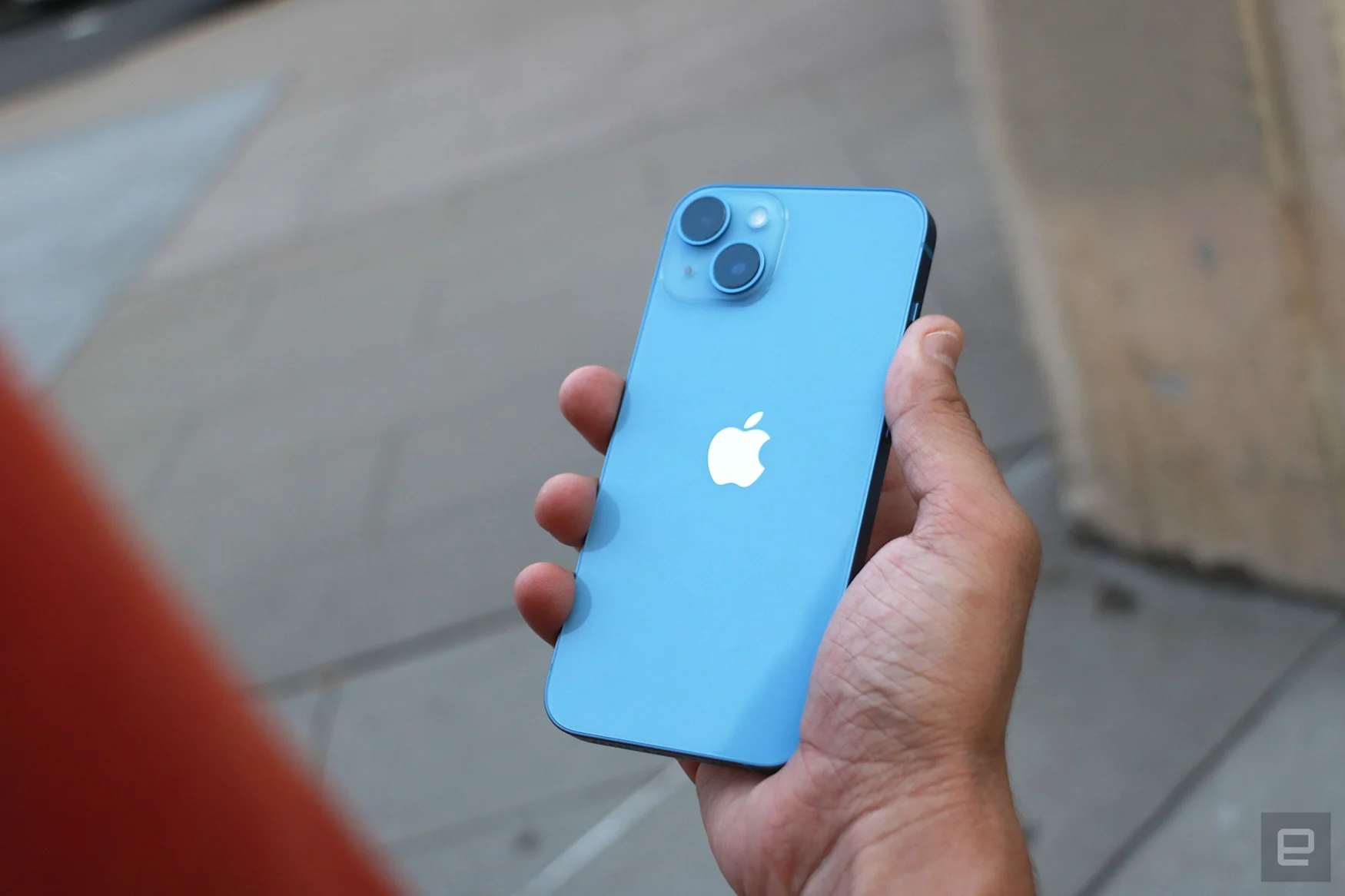
Performance and battery life
The iPhone 14 may use last year’s A15 Bionic processor, but it’s still a capable phone that holds its own against this year’s flagships. My feverish rounds of Royal Match while messaging fellow reviewers my thoughts on the iPhone 14 Pro all happened smoothly, and in general the phone stayed cool to the touch. It got warm when I repeatedly tested the selfie camera’s autofocus in low light, but didn’t get alarmingly hot.
It also managed to last an entire day that started with an 8am workout class. At about 10pm, I was down to less than 15 percent and had to activate low power mode before I could get home and charge it. That got me to 12:30pm with 6 percent left, and I was still able to snap some pictures during that time.
Wrap-up
The iPhone 14 is very similar to the iPhone 13, which itself was very similar to the iPhone 12. That doesn’t mean it’s a bad phone — it’s just less of an upgrade for anyone using a phone that’s only two years old. You’ll notice a bigger difference if you’re going to the iPhone 14 from the 11 or older, since new features like Emergency SOS via Satellite and crash detection are hopefully things you won’t need to use much. For those people, the iPhone 14 will be a satisfying daily driver.
Author: 88
Source: Engadget















